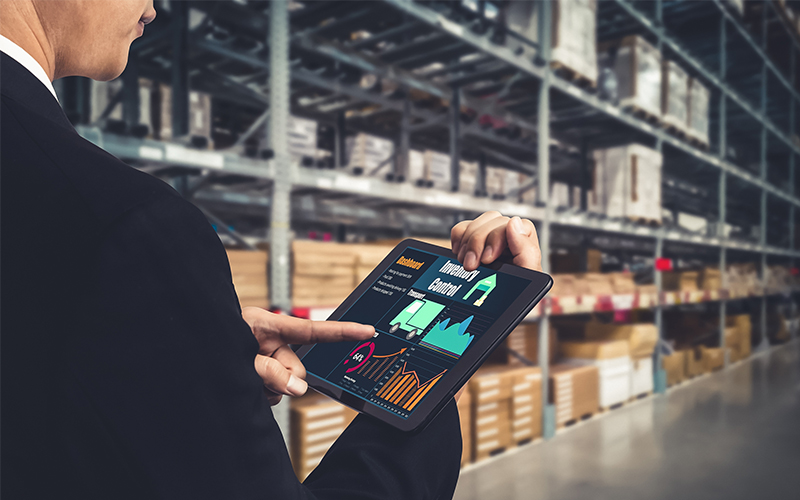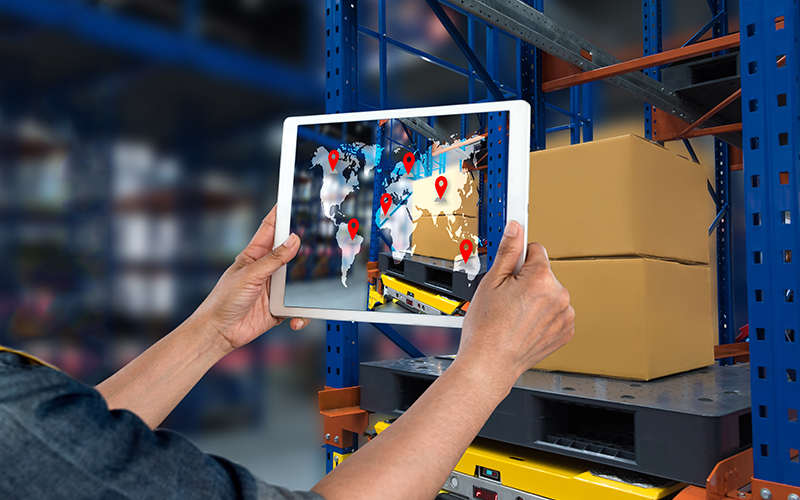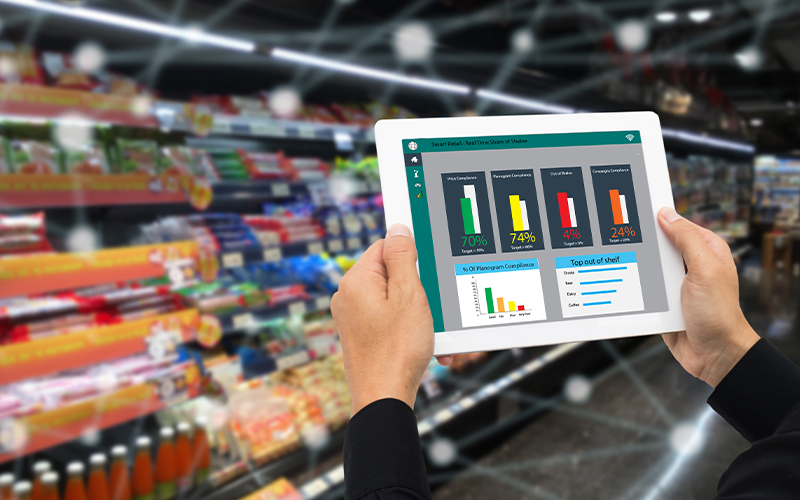Supply Chain
6 strategies for a more resilient supply chain
Do you recall the frantic hoarding of toilet paper during the COVID-19 pandemic? Or the soaring oil prices triggered by the Russia-Ukraine conflict? These instances illustrate the impact of supply-chain disruptions. They are unavoidable and sudden, as they arise from volatile geopolitical situations and uncontrollable natural disasters.
However, resilient businesses have proven their ability to withstand, rebound from, and even capitalise on such unforeseen circumstances, all thanks to their robust supply-chain strategies. To enhance supply-chain adaptability to market and global dynamics, businesses can make strategic adjustments by observing and drawing lessons from the success of others.
Here, we have compiled six strategies for building a resilient supply chain.
- Planning
- Align supply chain components: By using past data and appropriate tools, businesses can make accurate projections and plan for inventory, personnel, technology, and logistics.
- Understand supply and demand dynamics better. This facilitates synchronised production.
- Address uncertainties, adapt to changing circumstances, and optimise supply chain performance.
- Inventory and capacity buffers
- Diverse manufacturing ecosystem
- Multisourcing: This involves procuring raw materials from multiple suppliers to reduce dependency on a single source.
- Nearshoring: Reduces geographical dependence by sourcing materials from local or nearby locations.
- Multiple shipping carriers: This can help distribute risk and maintain a smooth flow of goods, even during unexpected disruptions.
- Process, product, and facility standardisation
- Technology
- Artificial Intelligence (AI): AI and advanced analytics enable accurate demand forecasting, optimising inventory levels, and production scheduling. Predictive analytics helps anticipate market trends and plan accordingly and optimises logistics fleets routing and scheduling.
- Internet of Things (IoT): Embedded IoT sensors facilitate data exchange within and between systems, providing actionable insights at every step in the supply chain. It aids in material tracking, equipment servicing, and monitoring productivity and efficiency.
- Cloud computing: By leveraging cloud technology, supply chain organisations can store and process vast amounts of data, making it accessible anytime and anywhere.
- Blockchain: Blockchain technology ensures secure transactions and enhances transparency, meeting provenance, ESG (Environmental, social, and corporate governance), and sustainability in supply chains. It enables real-time tracking, traceability, and updates for each leg of a product's journey.
- Robotics and Automation: Automated robots and drones reduce human injury risk by handling dangerous or repetitive tasks. They also bring speed, efficiency, and precision to the process.
- Efficient people management
Strategic planning helps:
In 2011, Ford and Chrysler were compelled to delay orders due to an abrupt scarcity of an exclusive chemical pigment responsible for enhancing automobile lustre. The scarcity was caused because the only source for the pigment, a manufacturing facility in Japan, was shut down due to natural disasters.
There are an infinite number of situations that could lead to supply chain delays.
The key takeaway from these situations is the importance of establishing a buffer of resources, inventory, infrastructure, production facilities, and workforce. In doing so, organisations can accommodate surges and insufficiencies without disruptions or delays. This is called surge capacity, an organisation's ability to quickly enhance its operational capabilities.
The Covid-19 pandemic and the Russia-Ukraine war have highlighted the need for supply chain diversification.
There are a variety of diversification tactics that can enhance supply chain resilience:
Standardisation offers safety, uniformity, and quality. By using interchangeable and generic components in products and adopting identical or similar plant designs and processes throughout the company, you can respond swiftly to disruptions by reallocating resources where they are most needed and by cross-training staff easily.
Additionally, standardisation simplifies sourcing policies, enables better volume distribution among diverse vendors, allows for easier vendor relationships and procurement management, and reduces reliance on a single supplier.
Cutting-edge technologies offer supply chains the resilience needed to adapt swiftly and capitalise on opportunities. Here are some technology pointers:
People are crucial in the supply chain for making decisions, planning, executing, collaborating, and addressing problems. Efficient people management involves acquiring, developing, and retaining the right talent. It involves fostering collaboration and communication, managing performance, providing effective leadership, promoting flexibility and adaptability, and prioritising employee engagement and well-being. This helps build a high-performing workforce that makes a supply chain robust.
Conclusion
Businesses must have a robust supply chain to recover from disruptions caused by natural catastrophes, geopolitical crises, demand swings, or business expansions. By implementing strategies such as creating resource buffers, enhancing operational capabilities, and fostering adaptability, organisations can navigate through challenges and emerge stronger.
A resilient supply chain ensures continuity and stability. It enables businesses to seize opportunities, optimise efficiency, and maintain customer satisfaction.
Investing in building a resilient supply chain is a strategic imperative for long-term success.
* For organizations on the digital transformation journey, agility is key in responding to a rapidly changing technology and business landscape. Now more than ever, it is crucial to deliver and exceed on organizational expectations with a robust digital mindset backed by innovation. Enabling businesses to sense, learn, respond, and evolve like a living organism, will be imperative for business excellence going forward. A comprehensive, yet modular suite of services is doing exactly that. Equipping organizations with intuitive decision-making automatically at scale, actionable insights based on real-time solutions, anytime/anywhere experience, and in-depth data visibility across functions leading to hyper-productivity, Live Enterprise is building connected organizations that are innovating collaboratively for the future.






